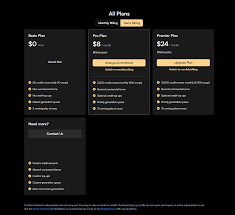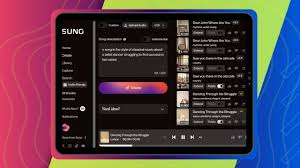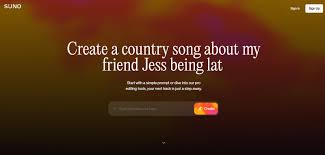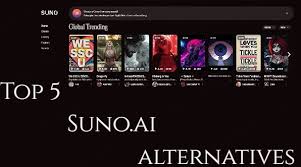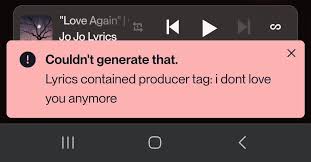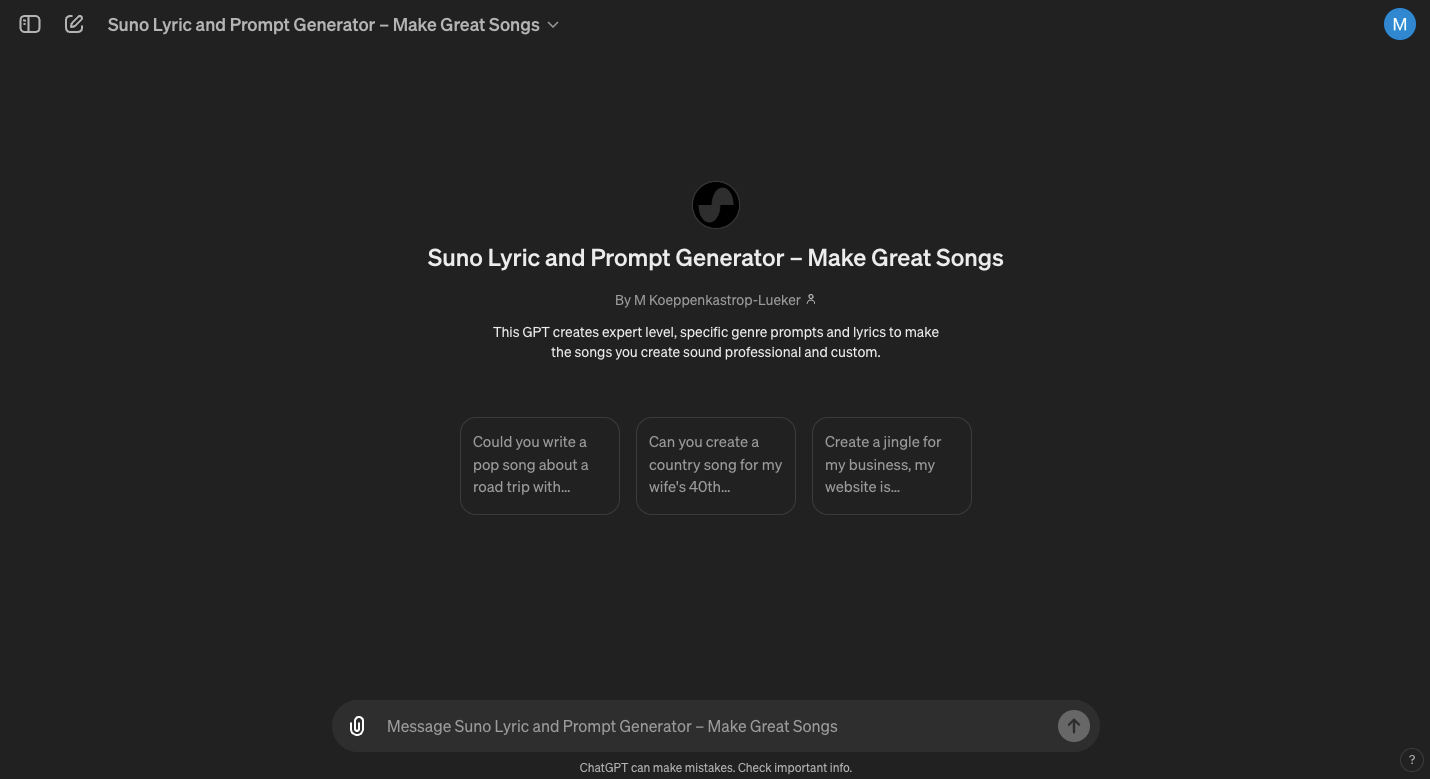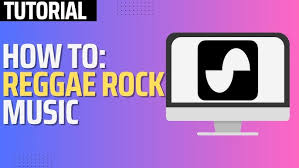When you’re creating music with Suno AI, the smallest details in your input can make the biggest difference. Beyond prompts and descriptions, one of the most overlooked but powerful tools is Suno tags. Tags are essentially metadata you attach to your project, guiding the AI to generate music that aligns with your intent.
Understanding how to craft and apply these tags is a crucial skill that separates casual users from producers who consistently get professional, stream-ready results. In this guide, we’ll break down how Suno tags work, why they matter, and how you can leverage them to maximize your music creation workflow.

Why Suno Tags Matter
Suno uses a mix of natural language processing and structured metadata to interpret user intent. While prompts provide the broad artistic direction, tags act like micro-instructions that fine-tune style, mood, and genre.
In practical terms, tags help:
Refine genre classification (e.g., “rock,” “synthwave,” “trap”).
Establish emotional tone (e.g., “melancholic,” “energetic,” “dreamy”).
Indicate instrumentation or vocal style (e.g., “guitar-driven,” “guttural vocals,” “ambient pads”).
Increase discoverability when saving or sharing projects within the Suno community.
According to Suno’s 2024 usage data, tracks that included three or more well-crafted tags had a 40% higher completion rate and were perceived by users as more accurate to their intent.
Core Principles for Effective Suno Tags
Keep Tags Relevant
Every tag should directly relate to the track. Overloading your project with unrelated words can confuse the AI and lead to muddy results.
Balance Specific and Broad Tags
Broad tags: “rock,” “jazz,” “EDM.”
Specific tags: “progressive house,” “bebop jazz,” “l(fā)o-fi beats.”
Using both helps Suno understand your general framework while honing in on your unique style.
Use Mood and Emotion Tags
Don’t underestimate emotional context. Tags like “uplifting,” “dark,” or “ethereal” give the AI context to generate matching melodies and instrument layers.
Match Tags to Song Structure
If you want multiple sections in your track, use tags that guide transitions. Example:
Intro: “ambient, cinematic, soft pads.”
Chorus: “anthemic, guitar-heavy, energetic.”
Outro: “minimal, stripped down, fading synth.”
Step-by-Step: Adding Suno Tags for Better Music Creation
Start With Your Prompt
Write a clear description of the track’s core elements (genre, instruments, mood).Attach Meta Tags
Add 3–5 tags that summarize the essence of the track. For example:“dark synthwave,” “retro drums,” “cinematic bassline,” “moody atmosphere.”
Refine Through Iteration
Regenerate variations while adjusting tags to see how the music evolves.Use Tags for Cataloging
When exporting or saving tracks in Suno, attach tags to organize your music library and improve future recall.
Real Examples of Effective Suno Tags
Lo-Fi Study Beat
Prompt: “Create a mellow hip-hop track with vinyl crackle.”
Tags: “l(fā)o-fi,” “jazzy,” “chill,” “study music.”Epic Trailer Music
Prompt: “Generate a cinematic orchestral score with a dramatic build.”
Tags: “orchestral,” “epic,” “trailer,” “strings-heavy,” “intense.”Metal with Guttural Vocals
Prompt: “Aggressive metal riff with fast drums and harsh vocals.”
Tags: “metalcore,” “guttural,” “distorted guitars,” “dark,” “fast tempo.”Festival EDM Banger
Prompt: “Energetic electronic dance track with a big drop.”
Tags: “EDM,” “festival,” “uplifting,” “drop,” “bass-heavy.”
These examples show how tags don’t replace your prompt but enhance and refine it.
Advanced Tagging Strategies
Combine contrasting tags for hybrid genres: “orchestral trap,” “l(fā)o-fi punk.”
Experiment with niche sub-genres: “shoegaze,” “future bass,” “math rock.”
Use tempo and intensity indicators: “fast-paced,” “slow-burn,” “high energy.”
Guide vocal style: “spoken word,” “auto-tuned,” “opera vocals.”
By layering tags, you give Suno more context, leading to tracks that feel intentional rather than random.
FAQ: Suno Tags
Q: How many Suno tags should I use?
Between 3–6 tags is ideal. Too few limits accuracy; too many can dilute results.
Q: Can tags replace detailed prompts?
No. Tags refine, but prompts are still the backbone of Suno’s interpretation. Always use both.
Q: Do tags affect licensing or commercial rights?
No. Tags only influence generation and organization. Licensing depends on your Suno subscription tier.
Q: Can I create my own custom tags?
Yes. Suno recognizes custom descriptive words. The more relevant and specific, the better.
Conclusion
Mastering Suno tags isn’t just about organization—it’s about control. By combining strong prompts with carefully selected tags, you can push Suno AI to generate tracks that align closely with your artistic vision. Whether you’re making lo-fi background beats or full orchestral scores, tags provide the nuance that transforms basic AI outputs into professional-quality music.
Start small, experiment with combinations, and iterate. Over time, you’ll build a personal tagging system that consistently delivers the music you want.

